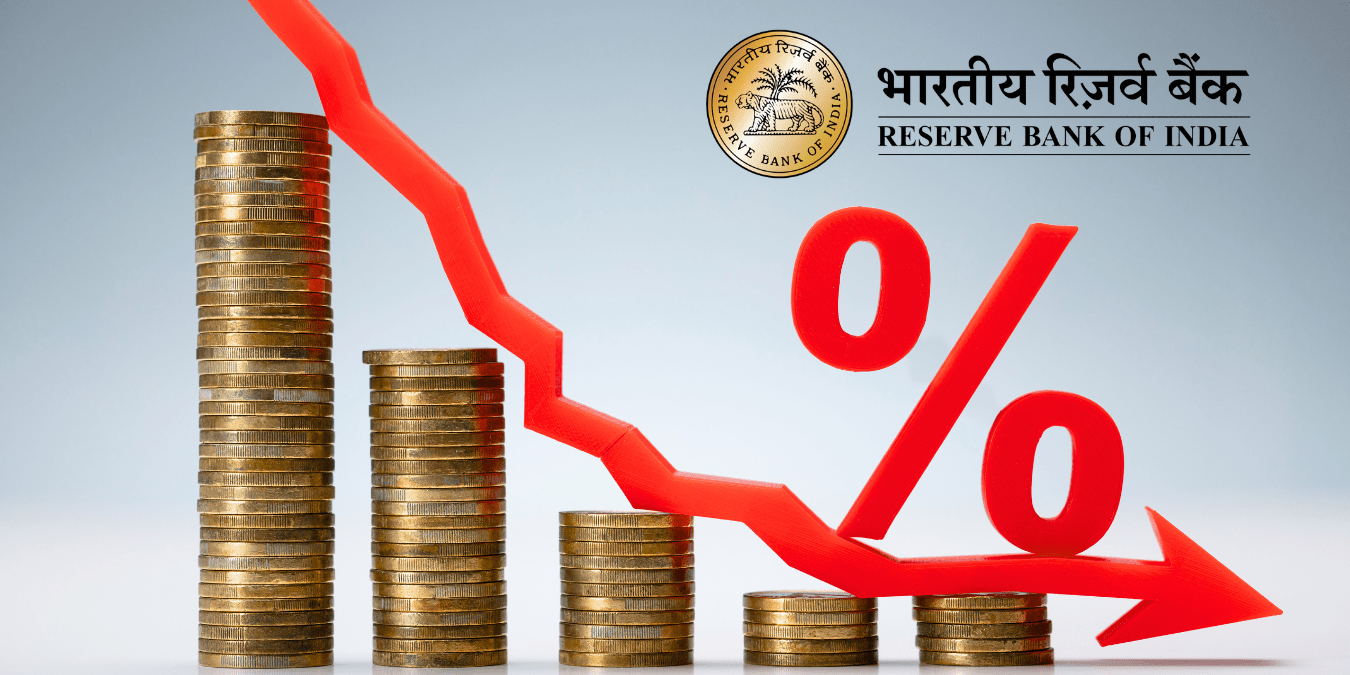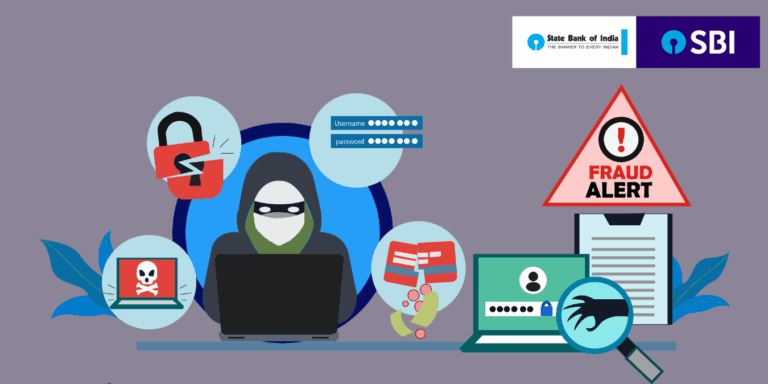
” How cybercrime in India may cost Rs 20,000 crore by 2025, with banking and e-commerce sectors most vulnerable. Learn about AI-powered attacks, IoT risks, and preventive measures. Stay informed on the latest cybersecurity trends and government initiatives to combat this growing threat. Read more to protect your business and data.”
In an increasingly digital world, cybercrime has emerged as a significant threat to economies and societies worldwide. India, with its rapidly growing digital infrastructure, is no exception. According to recent reports, cybercrime could cost India a staggering Rs 20,000 crore in 2025. The banking and e-commerce sectors are particularly vulnerable, making it imperative for businesses and individuals to understand the risks and take proactive measures to safeguard their digital assets.
The Growing Threat of Cybercrime in India
India’s digital transformation has been nothing short of remarkable. With over 750 million internet users and a digital economy expected to reach $1 trillion by 2025, the country is on the fast track to becoming a global digital powerhouse. However, this rapid digitization has also made India a prime target for cybercriminals.
According to a report by the Indian Computer Emergency Response Team (CERT-In), India witnessed a 300% increase in cybercrime incidents during the COVID-19 pandemic. The report also highlighted that the banking and financial sector accounted for 27% of all cyberattacks in 2020, followed by the e-commerce sector at 18%.
Cybercrime in India has been on a steep rise, with financial losses escalating year after year. In 2024 alone, the country recorded over Rs 11,300 crore in losses due to cybercrimes. This alarming trend is expected to continue, with projections indicating that cybercrime could cost India Rs 20,000 crore in 2025. The primary drivers of these losses include brand abuse, phishing, malware attacks, and fraudulent domains.
Why Banking and E-Commerce Are Most Vulnerable
The banking sector is one of the most targeted industries by cybercriminals. With vast amounts of sensitive data and financial transactions occurring daily, banks present an attractive target for hackers. In 2025, the banking sector is expected to bear the highest impact of cybercrime, with estimated losses of Rs 8,200 crore. Key threats include:
- Digital Transactions: The banking sector has seen a massive shift towards digital transactions, especially after the demonetization drive in 2016 and the COVID-19 pandemic. While this has increased convenience for customers, it has also opened up new avenues for cybercriminals.
- Phishing Attacks: Phishing attacks, where cybercriminals trick individuals into revealing sensitive information like passwords and credit card numbers, are on the rise. According to a report by Kaspersky, India is among the top 10 countries targeted by phishing attacks.
- Ransomware: Ransomware attacks, where cybercriminals encrypt a victim’s data and demand a ransom for its release, have also increased. The banking sector is a prime target due to the critical nature of its data.
E-Commerce Sector:
The e-commerce sector is another major target for cybercriminals. With the increasing popularity of online shopping, e-commerce platforms handle vast amounts of personal and financial data, making them lucrative targets. In 2025, the e-commerce sector is projected to lose Rs 5,800 crore to cybercrime. Key vulnerabilities include:
- Data Breaches: E-commerce platforms store vast amounts of customer data, including personal information, payment details, and purchase history. This makes them a lucrative target for cybercriminals. A single data breach can result in significant financial losses and damage to the company’s reputation.
- Payment Fraud: With the rise of online shopping, payment fraud has become a major concern. Cybercriminals use stolen credit card information to make unauthorized purchases, leading to financial losses for both customers and e-commerce companies.
- Fake Websites and Apps: Cybercriminals often create fake websites and apps that mimic legitimate e-commerce platforms to trick users into entering their personal and payment information.
Latest Trends in Cybercrime
- AI-Powered Cyberattacks:
- Cybercriminals are increasingly using artificial intelligence (AI) to launch more sophisticated attacks. AI-powered malware can adapt to its environment, making it harder to detect and neutralize.
- IoT Vulnerabilities:
- The Internet of Things (IoT) is becoming more prevalent in both the banking and e-commerce sectors. However, IoT devices often have weak security measures, making them an easy target for cybercriminals.
- Cloud Security Threats:
- As more businesses move their operations to the cloud, cybercriminals are targeting cloud infrastructure. Misconfigured cloud settings and weak access controls can lead to data breaches and other security incidents.
- Social Engineering Attacks:
- Social engineering attacks, where cybercriminals manipulate individuals into divulging confidential information, are becoming more common. These attacks often exploit human psychology rather than technical vulnerabilities.
The Role of Brand Abuse in Cybercrime
Brand abuse is a significant contributor to cybercrime losses in India. In 2025, brand impersonation scams alone are expected to cost Indian businesses and consumers Rs 9,000 crore. Cybercriminals create fake websites, social media profiles, and email addresses that mimic legitimate brands to deceive customers and steal their information. This not only leads to financial losses but also damages the reputation of the affected brands.
Additional Statistics and Insights
- Cybercrime Complaints: Cybercrime complaints in India are expected to exceed 2.5 million in 2025, with 500,000 explicitly mentioning brand impersonation.
- Fraudulent Domains: The number of fraudulent domains is projected to increase by 65% in 2025.
- Fraudulent Apps: The prevalence of fraudulent apps, particularly in the financial services sector, is expected to surge by 83%.
- Investment Scams: Investment scams, including pig-butchering and advance-fee scams, are primary drivers of financial losses.
- Government Services: The government services sector is also vulnerable, with projected losses of Rs 3,400 crore in 2025.
Strategies to Mitigate Cybercrime Risks
To combat the growing threat of cybercrime, businesses and individuals must adopt robust cybersecurity measures. Here are some strategies to consider:
- Implement Strong Authentication: Use multi-factor authentication (MFA) to add an extra layer of security to online accounts.
- Regularly Update Software: Keep all software, including operating systems and applications, up to date to protect against known vulnerabilities.
- Educate Employees and Customers: Conduct regular training sessions to raise awareness about common cyber threats and best practices for staying safe online.
- Monitor and Respond to Threats: Use advanced threat detection and response tools to identify and mitigate cyber threats in real-time.
- Secure Payment Systems: Implement secure payment gateways and encryption to protect financial transactions.
- Conduct Regular Security Audits: Regularly assess the security of your digital infrastructure to identify and address potential vulnerabilities.
Government Initiatives to Combat Cybercrime
The Indian government has also recognized the growing threat of cybercrime and has taken several initiatives to combat it:
- National Cyber Security Policy 2013:
- The policy aims to create a secure cyber ecosystem in India by strengthening the regulatory framework and promoting cybersecurity awareness.
- CERT-In:
- CERT-In is the national nodal agency for responding to cybersecurity incidents. It provides guidelines and best practices for businesses and individuals to enhance their cybersecurity posture.
- Information Technology (IT) Act, 2000:
- The IT Act provides a legal framework for addressing cybercrime in India. It includes provisions for penalties and compensation for cybercrime offenses.
- Cyber Swachhta Kendra:
- This initiative by CERT-In aims to create a secure cyberspace by detecting and cleaning malware infections in Indian cyberspace.
The projected cost of cybercrime in India, amounting to Rs 20,000 crore by 2025, is a stark reminder of the growing threat posed by cybercriminals. The banking and e-commerce sectors, given their heavy reliance on digital platforms, are particularly vulnerable. However, by investing in robust cybersecurity infrastructure, conducting regular security audits, and staying updated on the latest threats, businesses can significantly reduce their risk of falling victim to cybercrime.
The Indian government’s initiatives, such as the National Cyber Security Policy and CERT-In, also play a crucial role in creating a secure cyber ecosystem. However, the fight against cybercrime requires a collective effort from businesses, individuals, and the government. By working together, we can create a safer digital environment and ensure the continued growth of India’s digital economy.
-

The 8.10% Home Loan: Why PNB’s Rate Cut is Both a Blessing and a ‘Goldilocks’ Trap for Indian Buyers in 2025
-

The 0.25% Illusion: Why the Latest Rate Cuts by Bank of India, Indian Bank & Bank of Baroda Hide a Bigger Opportunity for You
-

The RBI 25 bps Rate Cut: Why Your Wallet and the Economy is About to Feel Different
-

The Great IndiGo Reset of 2025: Why a Simple ‘Reboot’ Grounded a Nation And Why You Paid 10x for It!





























